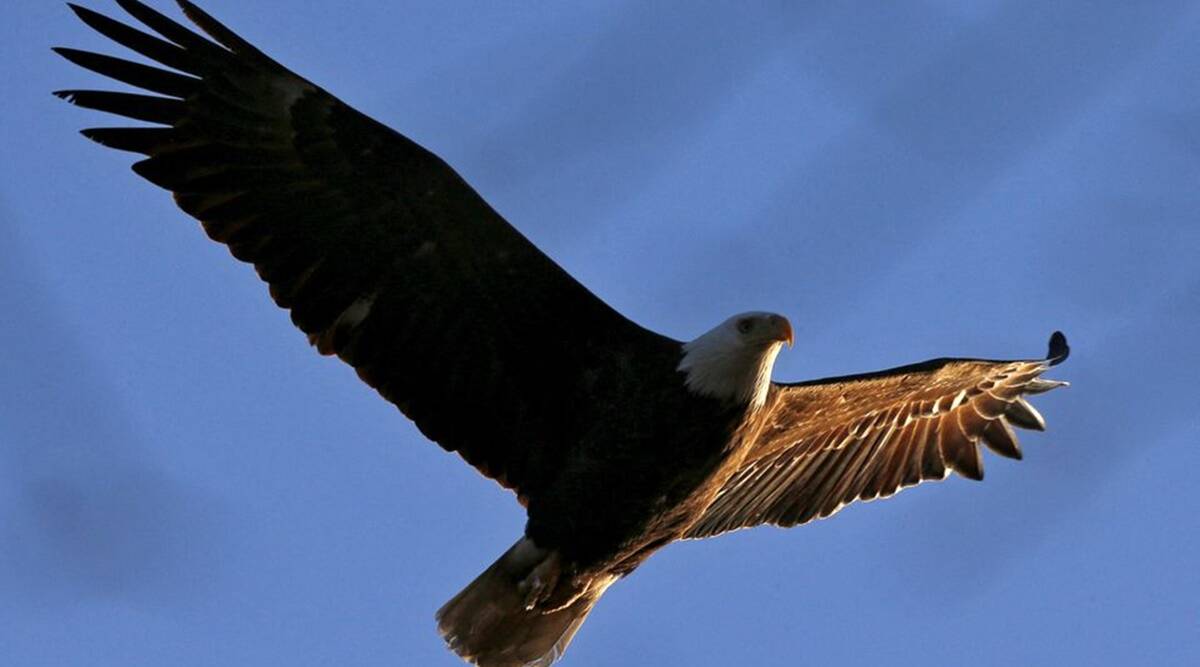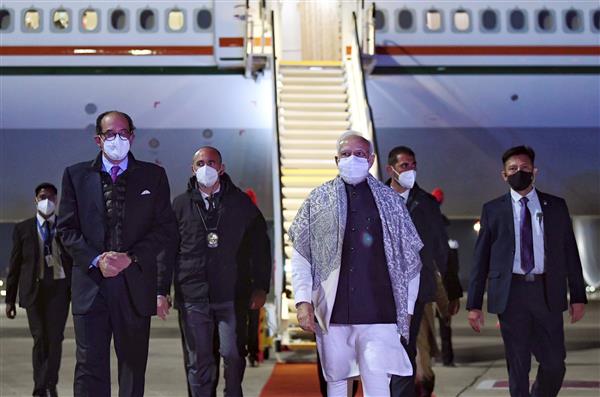
01/17/2022
New York, Jan. 17: Bald eagles have lifted themselves from the brink of extinction in the United States but deaths caused by lead poisoning from ingesting hunters’ bullets left in wildlife remains are holding back their population recovery, scientists say.
Population increases of the majestic bird recognized as the national symbol of the United States have been suppressed by 6.3 percent for males and 4.2 percent for females, said the study by researchers at the Department of Public and Ecosystem Health at Cornell University, published in the Journal of Wildlife Management this week.
“Mortalities from the ingestion of (lead) reduced the long-term growth rate and resiliency of bald eagles in the northeast United States over the last 3 decades,” the study said.
The lead is found in organs left behind in the wild by hunters who “field dress,” or gut, their kill, abandoning the contaminated remains to be scavenged by eagles.
Once threatened by the use of the insecticide DDT to help control disease during World War Two, bald eagle populations have recovered enough that the species was removed from the national endangered and threatened list in 2021. read more
But less robust growth rates mean the eagle population could be more vulnerable to other challenges such as natural disasters or disease spread, Cornell researchers said.
“While abundances have increased, ingested (lead) has a negative effect on eagle populations in the northeast United States… these conditions have stressed the resilience of this population,” researchers said in the study.
Political skirmishes over lead bullets have divided Americans and have even reached the White House. President Barack Obama’s Fish and Wildlife Service issued a ban on lead ammunition to protect wildlife in January 2017, one day before the inauguration of incoming President Donald Trump.
Less than two months later, on his first day as Trump’s Interior Secretary, Ryan Zinke overturned the prohibition to the cheers of the National Rifle Association (NRA).
In the Cornell study’s most recent year – 2018 – there were 2,050 breeding females, a reduction of an estimated 98 breeding females as a result of lead poisoning. Similarly, in 2018, there were 10,172 females who were not reproducing, a reduction of an estimated 742 non-breeding females as a result of lead poisoning, said Cornell researcher Brenda Hanley.
In 2018 there were 2,050 breeding males, a maximal reduction of an estimated 65 breeding males as a result of lead poisoning. Similarly, here were 10,172 males who were not reproducing, a maximum reduction of an estimated 1,645 non-breeding males as a result of lead poisoning, Hanley told Reuters.
“This study can be used by state and federal wildlife managers… to inform policy surrounding the use of lead ammunition or to educate hunters on the population-scale effects of their ammunition choices,” researchers said in the study.-Reuters






